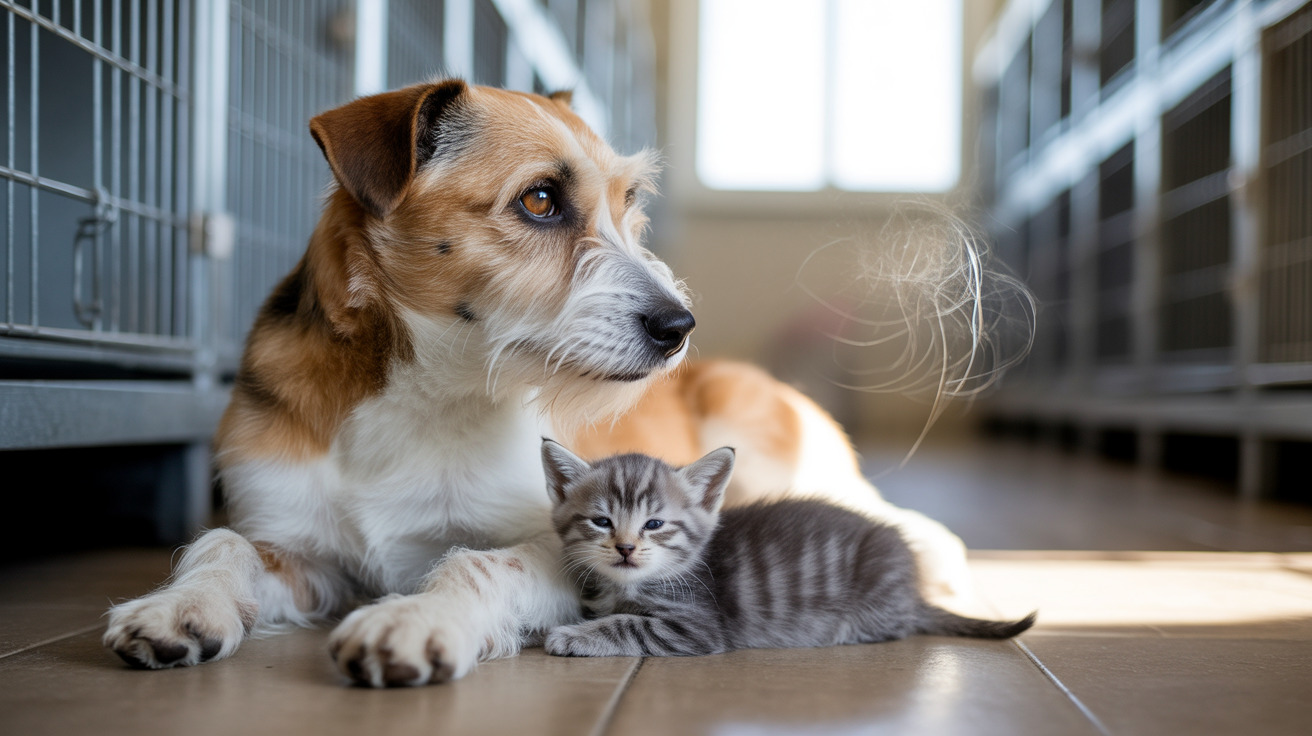Cancer in cats is a serious health concern that affects many feline companions each year. As pet owners, understanding this complex disease, its warning signs, and available treatment options is crucial for ensuring the best possible outcomes for our furry friends. This comprehensive guide will explore everything you need to know about cancer in cats, from early detection to treatment options and quality of life considerations.
Types of Feline Cancer and Their Impact
Several types of cancer commonly affect cats, each presenting unique challenges and treatment requirements. Lymphoma stands as the most prevalent, often linked to feline leukemia virus (FeLV) infection. This cancer typically affects the lymph nodes and various organs, causing symptoms like weight loss and digestive issues.
Squamous cell carcinoma (SCC), particularly aggressive in the mouth, ranks as another common cancer type. It can cause significant complications with eating and drinking, often presenting through symptoms like excessive drooling and oral bleeding.
Early Warning Signs and Detection
Recognizing cancer symptoms early can significantly impact treatment success. Key warning signs include:
- Unexplained lumps or bumps
- Persistent weight loss
- Changes in appetite or eating habits
- Unusual bleeding or discharge
- Difficulty breathing or persistent coughing
- Lethargy or decreased activity levels
Regular veterinary check-ups are essential for early detection, as cats often mask illness symptoms until the disease has progressed significantly.
Diagnosis and Treatment Options
When cancer is suspected, veterinarians typically employ multiple diagnostic tools, including physical examinations, blood tests, imaging studies, and biopsies. The diagnosis process helps determine the type and stage of cancer, which guides treatment decisions.
Treatment options may include:
- Surgery: Often the first choice for removable tumors
- Chemotherapy: Used for systemic cancers or post-surgery
- Radiation therapy: Targets specific areas while minimizing damage to healthy tissue
- Immunotherapy: A newer approach that helps the immune system fight cancer cells
- Palliative care: Focuses on comfort and quality of life when curative treatment isn't possible
Prevention and Risk Management
While not all cancers are preventable, certain steps can help reduce risk:
- Regular veterinary examinations
- Maintaining a healthy diet and weight
- Vaccinating against FeLV
- Limiting exposure to environmental toxins
- Spaying females early to reduce mammary cancer risk
Supporting Your Cat Through Cancer Treatment
Cancer treatment can be challenging for both cats and their owners. Creating a supportive environment involves:
- Maintaining routine and reducing stress
- Providing appropriate nutrition
- Managing pain and side effects
- Ensuring comfortable rest areas
- Regular communication with your veterinary team
Frequently Asked Questions
What are the most common symptoms of cancer in cats, and how can they be identified early?
The most common symptoms include unexplained weight loss, lumps or bumps that change size, decreased appetite, lethargy, and unusual bleeding or discharge. Early identification relies on regular veterinary check-ups and monitoring your cat's behavior and physical condition closely.
How do I reduce the risk of my cat developing cancer, and what preventive measures can I take?
Preventive measures include keeping your cat at a healthy weight, ensuring regular veterinary check-ups, vaccinating against FeLV, limiting exposure to environmental toxins, and spaying/neutering at an appropriate age. Early detection through routine examinations is also crucial.
What are the different treatment options for cancer in cats, and how are they typically combined?
Treatment options include surgery, chemotherapy, radiation therapy, and immunotherapy. These treatments are often combined based on the cancer type, stage, and overall health of the cat. For example, surgery might be followed by chemotherapy to prevent recurrence.
How does cancer in cats affect their quality of life, and what role does palliative care play in managing symptoms?
Cancer can significantly impact a cat's quality of life through pain, decreased appetite, and reduced activity. Palliative care focuses on maintaining comfort and managing symptoms when curative treatment isn't possible, including pain management, nutrition support, and environmental modifications.
What is the prognosis for cats with common types of cancer like lymphoma, squamous cell carcinoma, or mast cell tumors?
Prognosis varies significantly depending on the cancer type, stage at diagnosis, and treatment response. Lymphoma patients often achieve remission with chemotherapy, while SCC tends to have a poorer prognosis. Early detection and treatment generally improve outcomes across all cancer types.
Conclusion
Understanding cancer in cats is crucial for providing the best possible care for our feline companions. While a cancer diagnosis can be overwhelming, advances in veterinary medicine offer more treatment options than ever before. Working closely with your veterinary team and maintaining vigilant observation of your cat's health can lead to better outcomes and improved quality of life during treatment.





